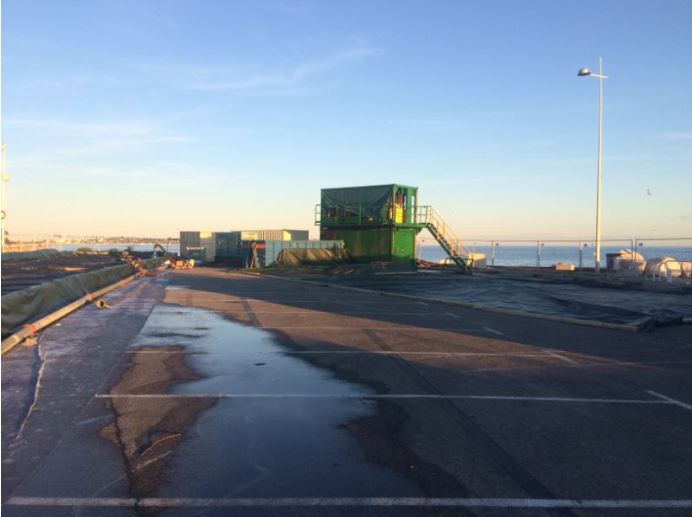
Soil washing is a proven ex-situ remediation technique designed to separate and remove pollutants from contaminated soil using physical, chemical, and hydrodynamic processes. It is particularly effective for heavy metals, petroleum hydrocarbons, salts, and industrial pollutants that are bound to fine soil particles or dissolved in pore water.
By leveraging hydrocyclone separation, attrition scrubbing, and chemical extraction, soil washing ensures that clean soil fractions can be recovered and reused, reducing reliance on landfilling and promoting sustainable remediation.
| Contaminant | Applicability |
|---|---|
| Aliphatic chlorinated hydrocarbons | Applies |
| Chlorobenzenes | Applies |
| Explosives | Applies |
| Metals | Applies |
| Monocyclic aromatic hydrocarbons | Applies |
| Non metalic inorganic compounds | Applies |
| Pesticides | Applies |
| Petroleum hydrocarbons (F1-F4) | Applies |
| Phenolic compounds | Applies |
| Polycyclic aromatic hydrocarbons (PAH) | Applies |
| Polychlorinated biphenyls (PCBs) | Applies |
Why Soil Washing Works for These Contaminants:
- Heavy Metals – Attach to fine particles and can be isolated using chemical separation and hydrocyclones.
- Hydrocarbons & Solvents – Removed using surfactants that break down oil films and aggressive mixing via attrition scrubbers.
- Salts & Deicing Contaminants – Dissolve in wash water and can be extracted using water treatment.
